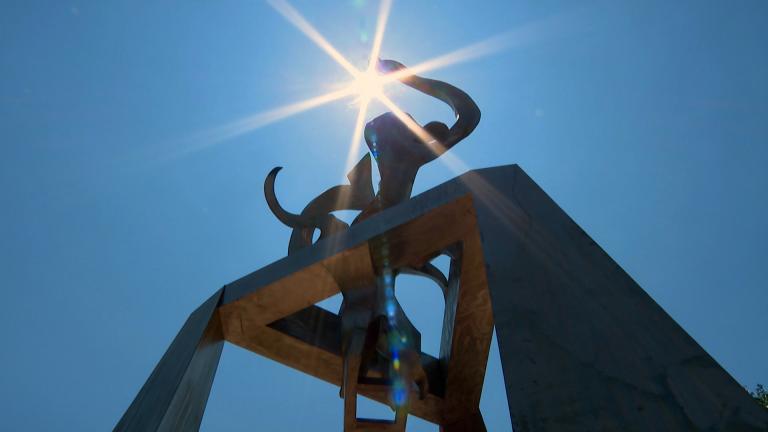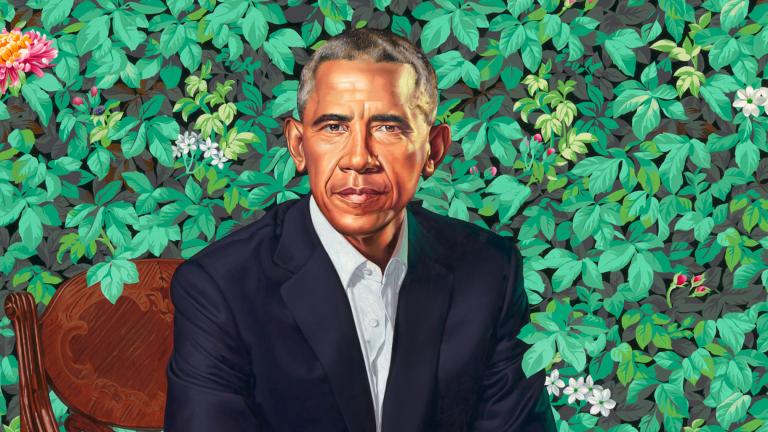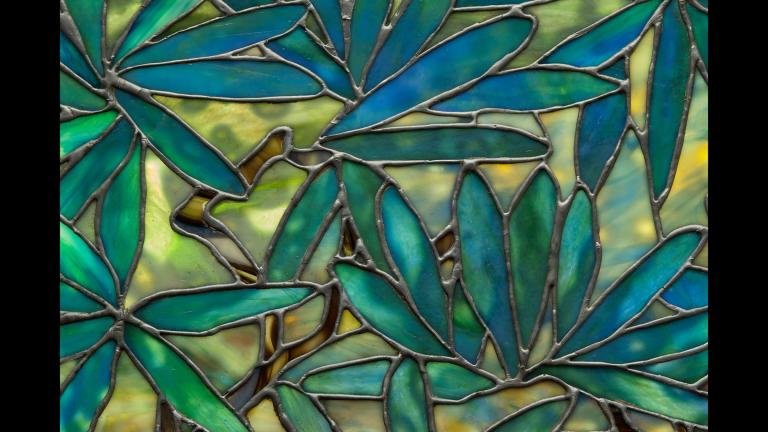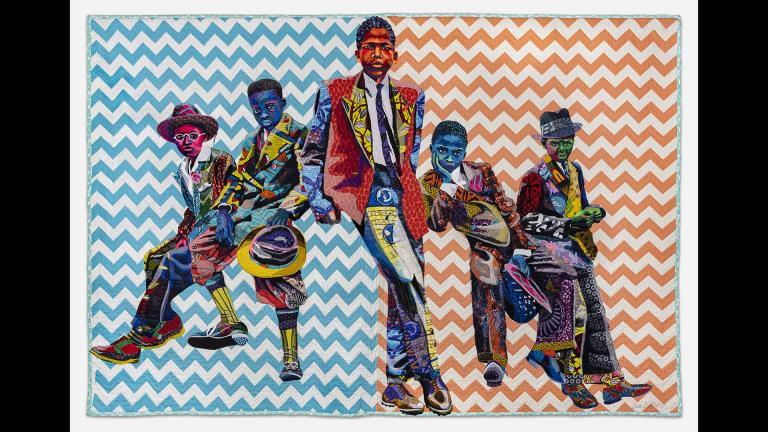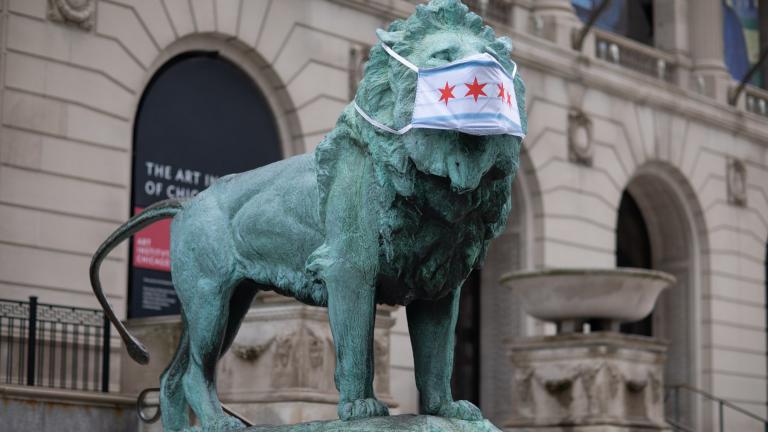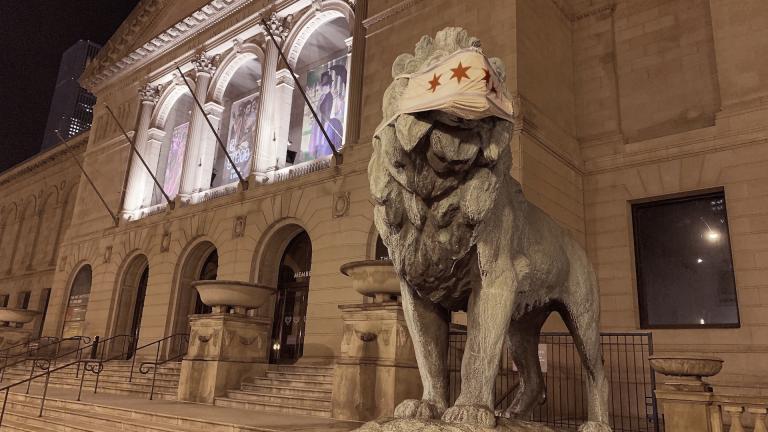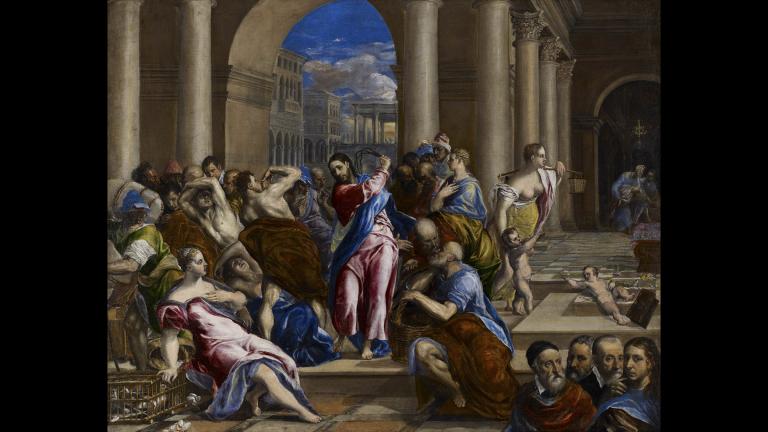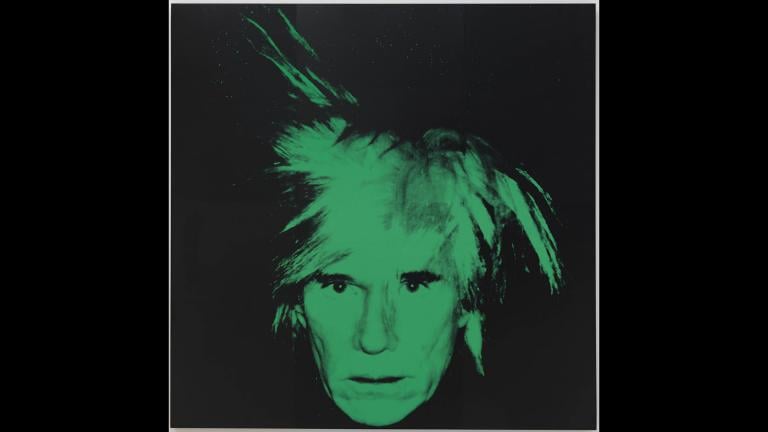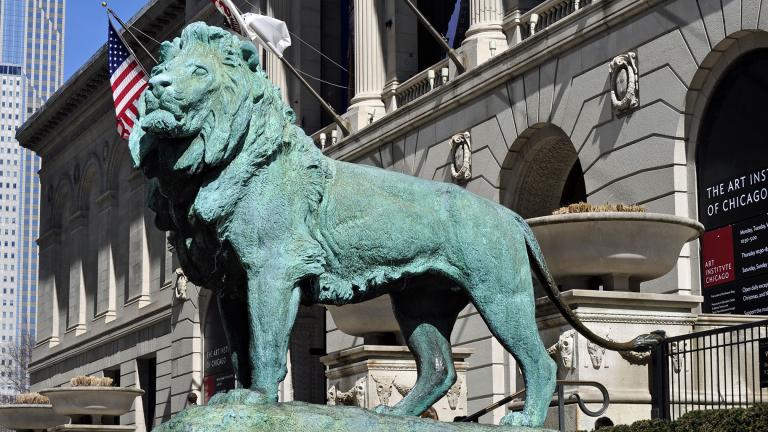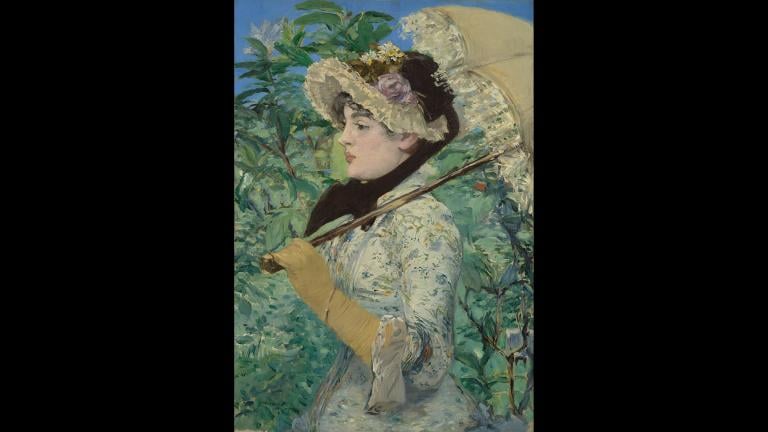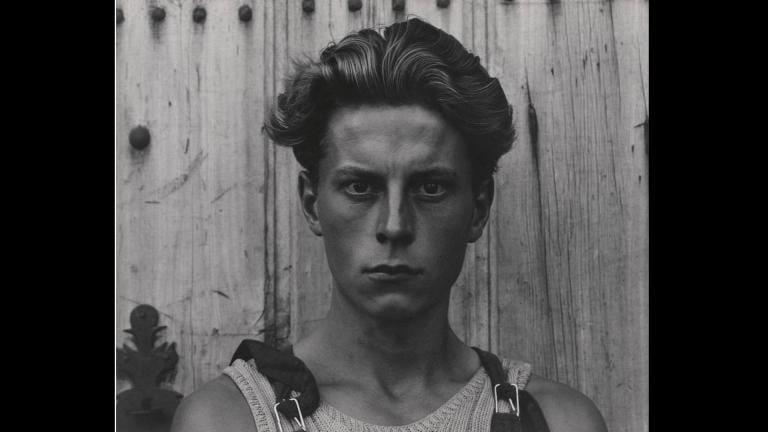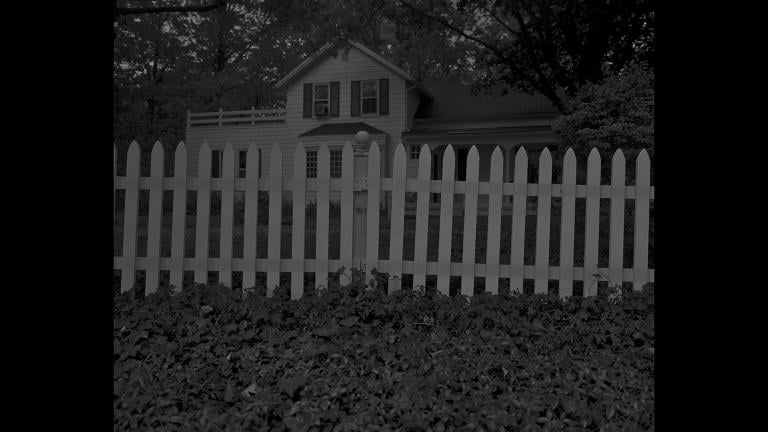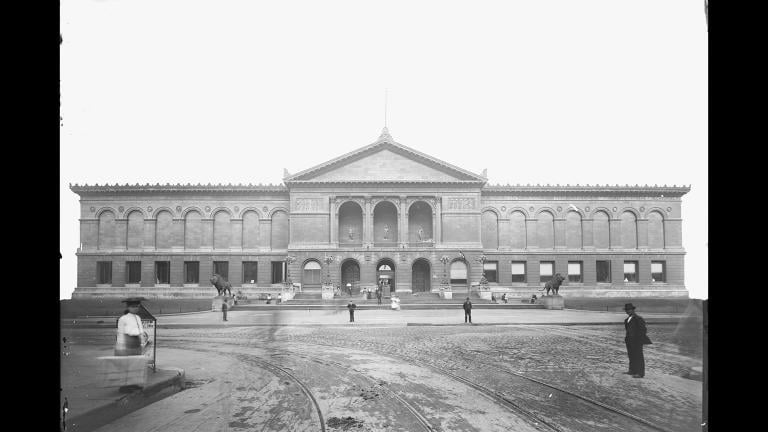His works have been exported around the world from his studio in Chicago. We catch up with sculptor Richard Hunt before the unveiling of a monument in Bronzeville that was years in the making.
The Art Institute of Chicago
A portrait is a traditional way of commemorating a presidency. But the former president and first lady made a statement by choosing distinctive contemporary artists. This week, Chicago becomes the first city to host The Obama Portraits. Here’s a preview.
It is a heavenly depiction of a beautiful place on earth. It’s also a fine work of art and one of the newest acquisitions at the Art Institute of Chicago. We explore an illuminating landscape made from light and glass.
History, music and photography are all stitched together in a show at the Art Institute of Chicago. We visit the pandemic-delayed exhibition “Bisa Butler: Portraits” to get the story behind these Technicolor textiles.
Chicago is home to more Claude Monet paintings than any city other than Paris. That’s because the works of the famous French impressionist made a strong impression on local collectors. We explore the show “Monet and Chicago.”
The Art Institute of Chicago will reopen Feb. 11, joining the list of museums preparing to welcome back visitors now that coronavirus restrictions are being loosened.
The conservatory has transformed its Artist’s Garden into a reflection of Monet’s vision, featuring plants that inspired some of Impressionism’s most memorable paintings. The exhibit opens Saturday in tandem with “Monet and Chicago” at the Art Institute.
According to the Chicago Sun-Times, a mask adorning one of the iconic lion statues near the Michigan Avenue entrance to the Art Institute disappeared about 24 hours after it was applied.
We preview the exhibition “El Greco: Ambition and Defiance” at the Art Institute of Chicago, which partnered with the Louvre and the Grand Palais for the show, and learn about the man behind the masterworks.
He was called the Pope of Pop – pop art, that is. Andy Warhol predicted 15 minutes of fame for everyone. His own fame lasted decades and has endured since his untimely death in 1987. We explore “Andy Warhol – From A to B and Back Again.”
From the Picasso to the Bean to countless city murals, public art is a vibrant part of Chicago culture. But for over a century, Chicagoans have taken special pride in a pair of sculptures watching over Michigan Avenue. Geoffrey Baer explains.
For its big summer show this year, the Art Institute takes a fresh look at the early modern artist, Edouard Manet. We tour the show.
Photography has long been used to make images of iconic works of art. Sometimes the photographs themselves become icons. A new show explores a collection of famous pictures from the 20th century.
In a 1967 speech, Dr. Martin Luther King Jr. said the Underground Railroad “symbolized hope when freedom was almost an impossible dream.” Chicago photographer Dawoud Bey talks about his new exhibition, “Night Coming Tenderly, Black.”
History, beauty and pleasure are on display in the first public showing of a standout collection of Japanese art.
Saturday marks 125 years since the opening of the historic building that houses the Art Institute of Chicago. We reflect on the past – and look to the future – with James Rondeau, the museum’s president and director.

